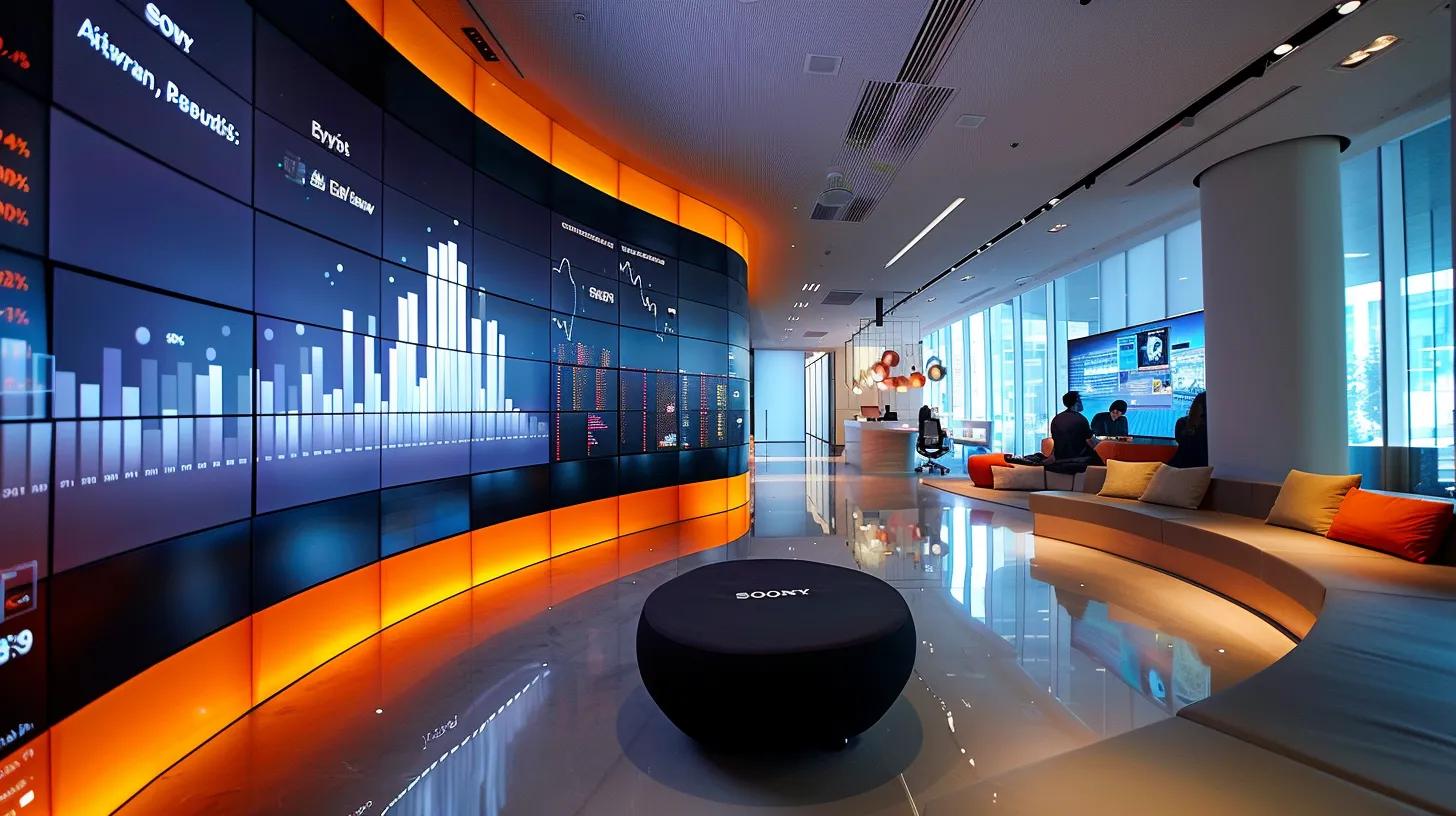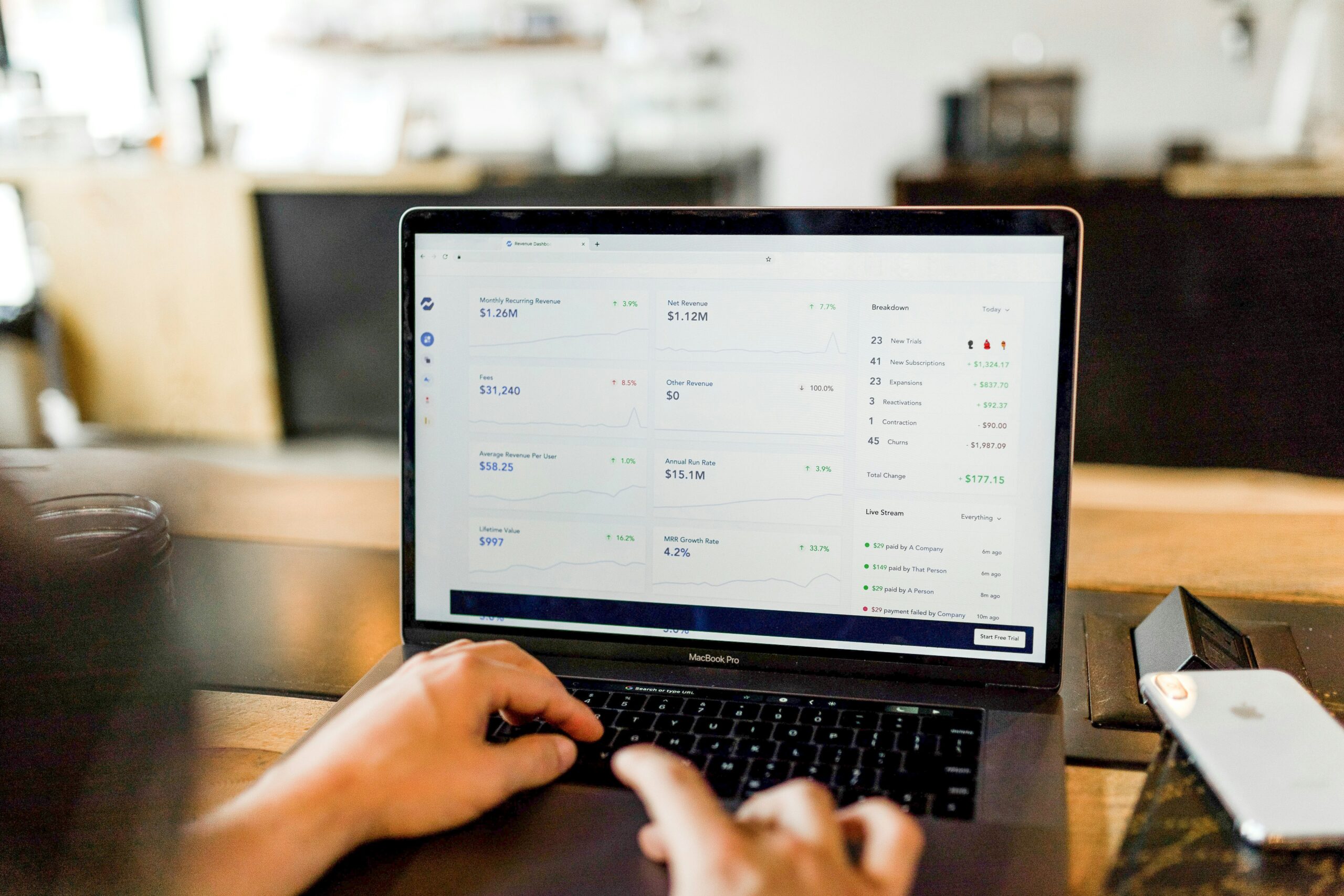In today’s competitive digital landscape, tracking website design success after launch is critical for businesses seeking improved online visibility and lead generation. Aesthetics does not solely measure the success of a website redesign or a newly launched web page; it is also defined by performance indicators such as user engagement, usability testing results, conversion rate optimization, and analytics data. Discover the key metrics to track the success of your website design post-launch as we detail each metric, explain its significance using real data and case studies, and provide actionable insights to help you increase traffic, leads, and revenue for clients. With a blend of quantitative analytics—like bounce rate, pageviews, and session duration—and qualitative measures from user feedback and testing, this guide helps integrate web services with content marketing and SEO services. Whether you are a content marketing professional or a web services expert, understanding these metrics enables you to correlate design thinking with performance indicators such as customer satisfaction, social proof, and the overall conversion funnel efficiency.
Key Takeaways
- Unique visitors show how well your design attracts new audiences.
- Low bounce rates indicate strong initial engagement and usability.
- Improved conversion rates directly correlate to increased revenue.
- Longer session durations suggest content quality and effective design.
- Tracking ROI validates design changes with measurable business growth.
1. Unique Visitors – Quantifying Fresh Audience Engagement

Unique visitors measure the number of distinct individuals who visit your website within a specific timeframe, offering a clear gauge of brand exposure. This metric increases confidence in your web page’s reach and is directly linked to improved lead generation and organic search results. Businesses using tools like Google Analytics often note that a 20–30% increase in unique visitors within three months post-launch correlates with successful navigation improvements and responsive design implementation.
Enhanced unique visitor counts also indicate that the website’s visual hierarchy and user interface design are effectively capturing interest. For instance, one case study reported a 25% increase in unique visitors after adopting a mobile-first redesign strategy. This metric, therefore, not only reflects initial traffic levels but also serves as a vital performance indicator in your digital marketing strategy.
2. Bounce Rate – Assessing Immediate User Engagement and Usability

Bounce rate quantifies the percentage of visitors who leave your website after viewing only one page, measuring overall usability and first impressions. A lower bounce rate indicates that visitors are engaging with your content and navigating beyond the landing page. According to industry benchmarks, a bounce rate under 40% is considered excellent for websites with strong lead generation, content marketing, and SEO practices.
Research has shown that improved page load speed, intuitive navigation, and responsive web design contribute to lower bounce rates. Transitioning to a modern design with a clear call-to-action can reduce bounce rates by up to 15%, illustrating the importance of optimizing design elements such as typography, imagery, and layout for higher user retention.
3. Conversion Rate – Directly Linking Design to Revenue Impact

Conversion rate measures the percentage of visitors who complete a desired action, such as making a purchase, filling out a contact form, or signing up for a newsletter. It immediately impacts lead generation and overall revenue, making it a critical metric for evaluating website design success. Studies have indicated that even a 1% increase in conversion rate can result in a significant revenue uplift, often between 5–10%.
Businesses have improved their conversion rates by integrating persuasive design elements and clear call-to-action buttons while optimizing the conversion funnel. For example, a redesign project incorporating streamlined checkout processes and optimized landing pages saw conversion rates rise by 3.5% within two months post-launch. This metric provides actionable insights into user behavior and design efficacy.
4. Average Session Duration – Evaluating Content Engagement and User Experience
Average session duration measures the time a visitor spends on your website, reflecting the quality of user experience and content engagement. Increased session duration implies that visitors are finding valuable information and are more likely to navigate your website’s diverse features. Analytics data from industries show that sessions lasting over 3–4 minutes are indicative of effective design and content hierarchy.
When design thinking is placed at the forefront, elements such as multimedia integration, clear call-to-action prompts, and smooth navigation collectively foster a richer user experience. Many businesses have reported a 30% increase in session duration after employing UX improvements based on system usability scale evaluations and direct user feedback.
5. Page Speed – Ensuring Efficiency and User Satisfaction

Page speed measures the time it takes for a webpage to load fully, acting as a key performance indicator for both usability and search engine performance. Faster load times reduce user frustration, lower bounce rates, and enhance overall conversion rates. Industry research, such as a study by Google, has documented a 7% reduction in conversions for every additional second of load time.
Implementing design optimizations such as image compression, streamlined code, and content delivery networks (CDNs) helps to significantly boost page speed. With modern web design strategies, companies have achieved improvements of up to 50% in page load times, leading to enhanced user satisfaction and improved rankings in organic search results.
6. User Feedback and Satisfaction – Qualitative Insights into Design Performance
User feedback and satisfaction ratings provide a qualitative measure of how the design resonates with the target audience. This metric is collected through surveys, usability testing, and direct customer reviews, representing the overall emotional response and ease of navigation. Feedback mechanisms that include the System Usability Scale (SUS) typically reveal improvements when scores rise above 80%.
Positive user feedback often correlates with changes in design that enhance readability, navigation, and overall web content accessibility. By analyzing qualitative feedback along with data-driven metrics, companies can refine elements such as layout, interactivity, and integration of social proof. Satisfied users not only return to the website but also contribute testimonials that bolster brand trust.
7. Return on Investment (ROI) – Linking Design Changes to Business Growth

ROI measures the financial return from investments made in website design and digital marketing efforts. This metric combines various performance indicators such as increased conversion rates, reduced bounce rate, and higher user engagement. An effective design that integrates analytics, content marketing, and SEO practices can deliver a measurable ROI that justifies future investments.
For example, a redesign project that improved page speed and conversion efficiency resulted in an ROI increase of over 200% within six months. Tracking ROI not only facilitates strategic marketing decisions but also provides evidence of design improvements impacting revenue growth, customer retention, and overall digital presence.
How do unique visitors indicate website performance?
They reveal the extent of the website’s reach and brand exposure.
What bounce rate is considered optimal?
A bounce rate under 40% generally signals effective design and engagement.
Why is conversion rate critical for ROI?
It directly links user actions with revenue and business growth metrics.
How can user feedback be quantitatively measured?
Through surveys, the System Usability Scale, and direct qualitative assessments.
What role does page speed play in user experience?
Faster page speed reduces bounce rates and supports improved engagement metrics.
Conclusion
Evaluating your website design post-launch with these seven essential metrics ensures informed decision making. Quantitative data such as unique visitors, bounce rate, conversion rate, session duration, and page speed must be paired with qualitative user feedback. Integrating these metrics provides a comprehensive view of how design changes impact overall performance and revenue. Businesses that monitor these indicators consistently position themselves for continuous improvement and online success.
